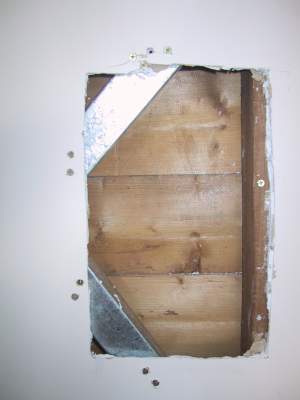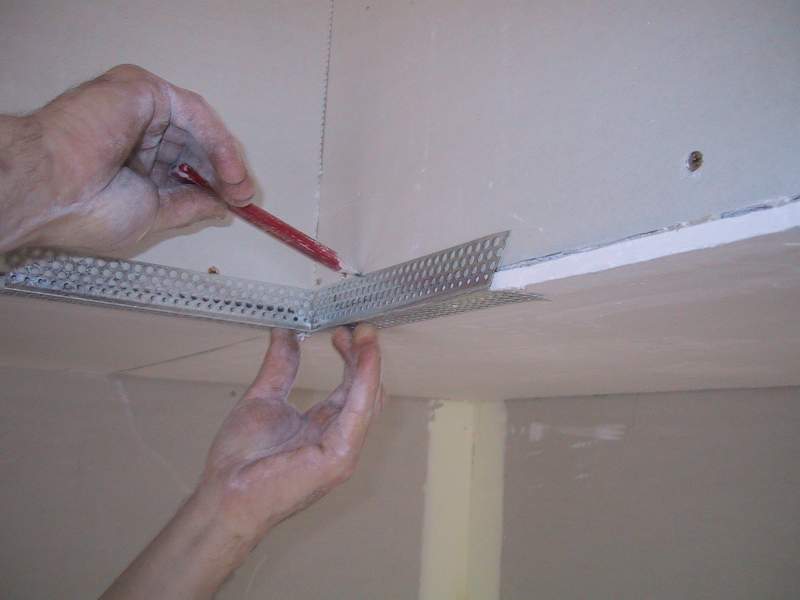|
|
There are 3 types of plaster you would need to mix to do a job. BASE COAT, CORNICE ADHESIVE AND BACK BLOCKING CEMENT. All three have different characteristics you should be aware of.
General Comments
- The more any plaster is mixed the faster it will set.
- Dirty water or salt will make plaster set quicker.
- Citric acid or milk will make plaster set slower.
- Adding powder to mixed plaster will make it set quicker.
- Adding water to mixed plaster will make it set quicker.
- Adding powder to water slowly and using a drill mixer helps with uniform consistency.
- Do not use citric acid in hot environments, Plaster sets by chemical reaction, citric acid slows down this reaction.
If you are working in an environment that makes the plaster "dry" rather that "set" the plaster will have no strength and could become powdery.
- Add powder to the water slowly, allowing it to soak up. When dry powder is rising to the top and not being soaked up, you have ALMOST added enough powder. Give the mix a few stirs, then add more powder giving the mix a few more stirs each time to get a feel for the consistency. Once you feel you have the right constancy, continue stirring the mix until it becomes creamy.
NOTE: If you have to add water or powder at this time the mix will set faster than normal.
Base Coat
Base Coat is used to tape joints and 2nd coats. When taping in you will be able to use more mix than when applying the 2nd coat.
The setting time for base coat varies from 45 minutes to 60 minutes depending on the brand being used. Mostly inexperienced operators will need a longer setting time, a small amount of citric acid, (1/2 tea spoon) to a mix will extend the working time by up to 20 minutes.
Do not use to much citric acid. If you are working in a hot environment DO NOT USE CITRIC ACID.
When base coat start to set it becomes un-workable fairly quickly, It is a good idea to wash out your bucket as soon as the base coat starts to set.
Cornice Adhesive
Cornice adhesive, while mainly used for installing cornice, has other uses such as, back blocking, taping joins or sticking sheets to masonry surfaces.
When mixing cornice adhesive, the rule, more you mix quicker the set, becomes far more enhanced. Cornice adhesive can be manipulated for a variety or uses. By taking a small amount from the mixing dish and adding powder, rapidly mixing on a board, you can make this set in a few minutes.
As cornice adhesive sets it can be "worked back", by adding small amounts of water. Small quantities of cornice adhesive can be made workable again, for a very short period. This is handy for finishing touch ups to miters in cornice.
Back Blocking Cement
Specially formulated, back blocking cement is a longer setting plaster. Mix with a wet consistency to help with adhesion. Other plasters can be used for back blocking, just use citric acid to increase the working time.
|
|







